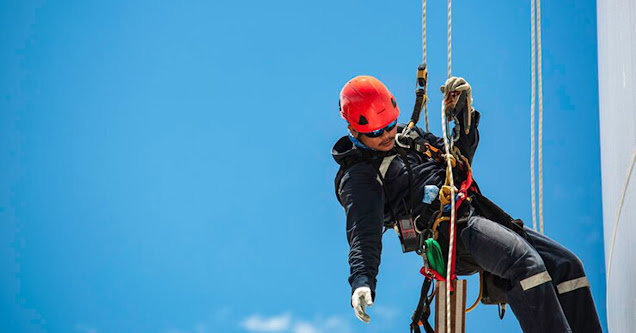Conquer Rope Works Challenges with These Life-Saving Techniques
Rope works access is a specialized method used for reaching difficult or elevated areas, often seen in industries such as construction, maintenance, and waterproofing. In Singapore, where high-rise buildings and complex structures are common, rope access techniques are invaluable. However, these tasks come with their own set of challenges. Here are some life-saving techniques to help you conquer rope works challenges, with a focus on insights from a waterproofing specialist in Singapore.
1. Comprehensive Training and Certification
The first step to mastering rope works is to undergo comprehensive training and obtain the necessary certifications. This ensures that you are familiar with the equipment, techniques, and safety protocols. In Singapore, rope access technicians often need to be certified by organizations such as the Industrial Rope Access Trade Association (IRATA). Proper training not only equips you with the skills to perform tasks efficiently but also emphasizes the importance of safety, which is crucial in high-risk environments.
2. Regular Equipment Checks
Your equipment is your lifeline when performing rope works. Regular inspections and maintenance of your gear are essential to ensure safety and reliability. This includes checking ropes for wear and tear, ensuring harnesses and helmets are in good condition, and verifying that all carabiners and descenders function correctly. A waterproofing specialist in Singapore will attest that neglecting equipment maintenance can lead to catastrophic failures, especially in humid and rainy climates where moisture can degrade materials over time.
3. Risk Assessment and Planning
Before starting any rope work project, conduct a thorough risk assessment and plan accordingly. Identify potential hazards such as unstable structures, weather conditions, or obstacles. Develop a comprehensive plan that includes emergency procedures, evacuation routes, and communication protocols. Planning ahead helps mitigate risks and prepares the team for any unexpected situations.
4. Use of Advanced Techniques and Technologies
Adopting advanced techniques and technologies can significantly improve safety and efficiency in rope works. For instance, using fall arrest systems, backup belay devices, and automated descent systems can enhance safety. Additionally, integrating drones and remote inspection tools can reduce the need for physical presence in hazardous areas. Waterproofing specialists in Singapore often use these advanced methods to inspect and repair hard-to-reach areas, ensuring thoroughness without compromising safety.
5. Effective Communication
Effective communication is vital during rope works. Use reliable communication devices such as two-way radios or intercom systems to stay in constant contact with your team. Establish clear signals and commands to avoid misunderstandings. In emergency situations, swift and clear communication can make a significant difference in response time and effectiveness.
Conclusion
Rope works access is an essential skill set for various industries, particularly in a city like Singapore where high-rise buildings are prevalent. By focusing on comprehensive training, regular equipment checks, thorough planning, advanced techniques, and effective communication, you can overcome the challenges associated with rope works. Engaging with a waterproofing specialist in Singapore can provide further insights and enhance your techniques, ensuring that you perform your tasks safely and efficiently. With these life-saving techniques, you can confidently tackle any rope access project and achieve remarkable results.




Comments
Post a Comment